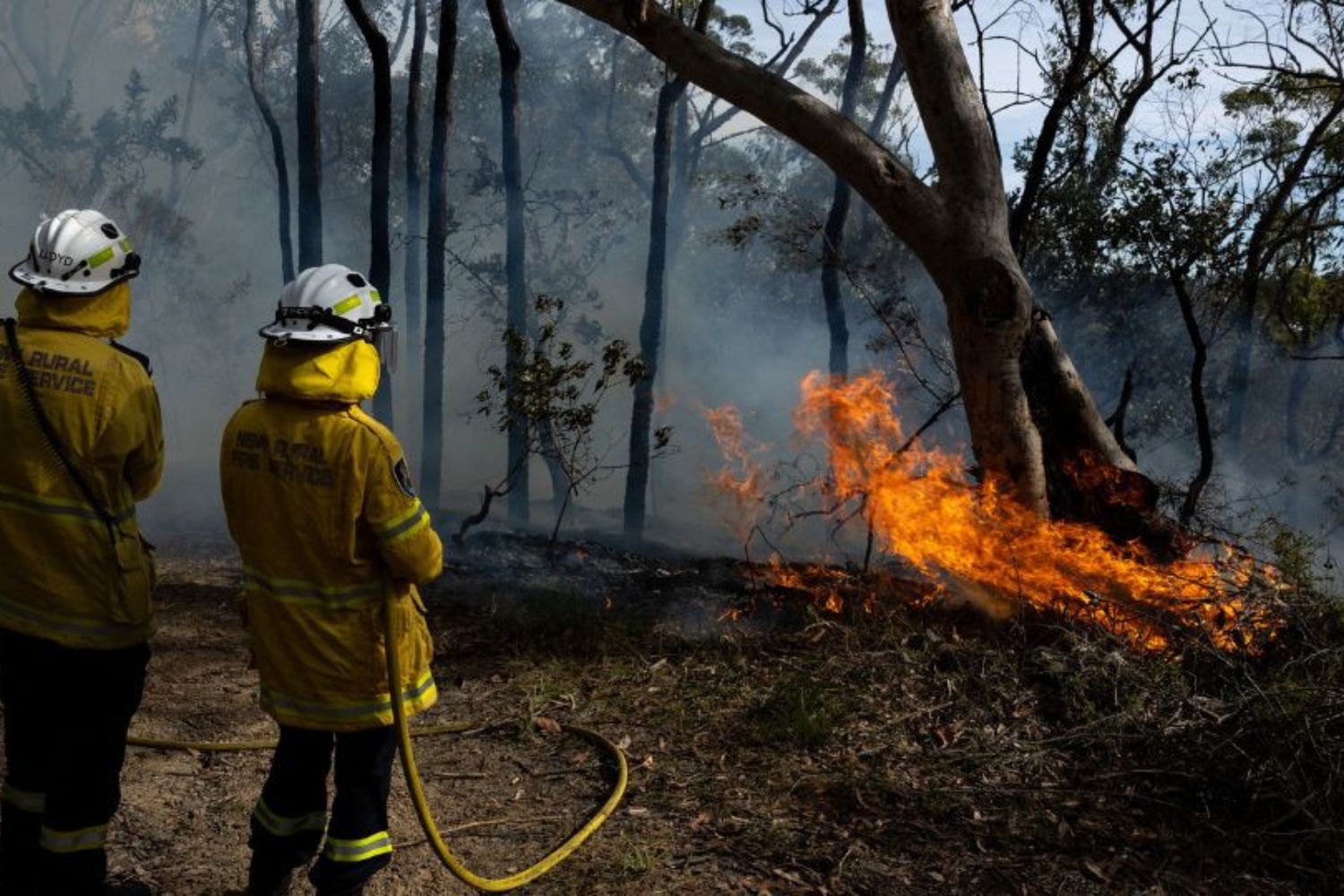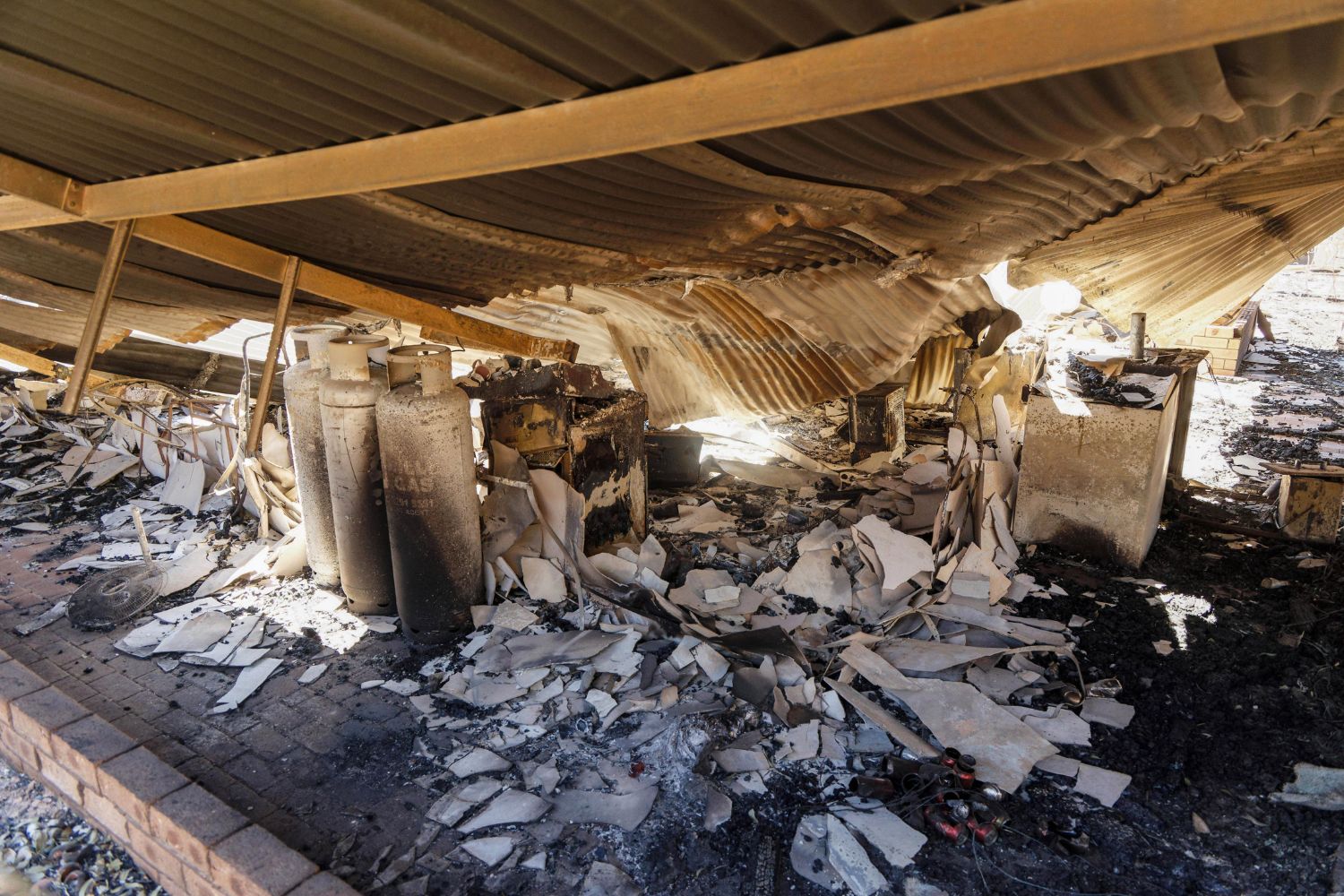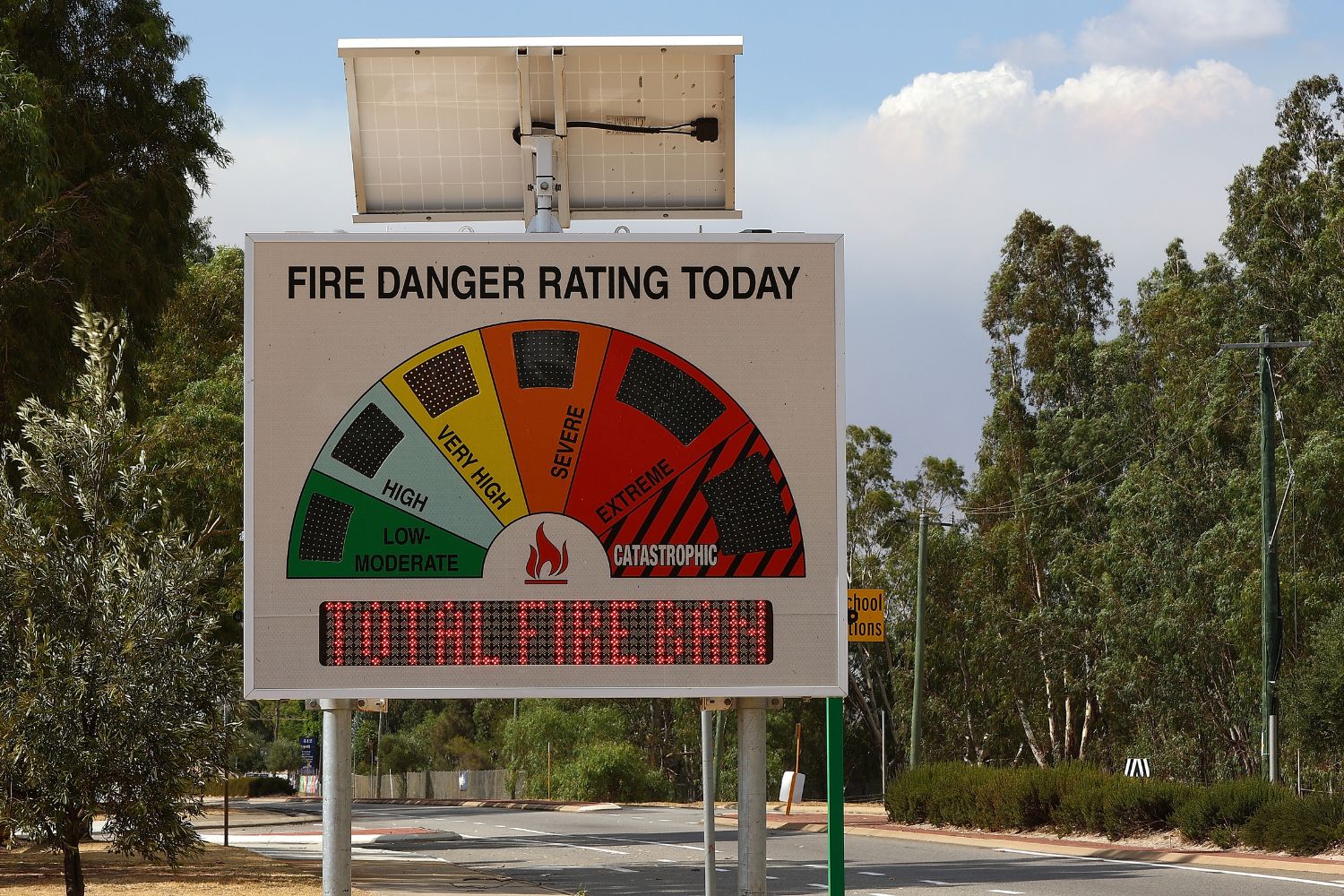Whilst bush fires can occur all year round in Australia, the dry and hot conditions associated with the warmer spring and especially summer months often drive dangerous bush fire activity during this time.
Bush fires are caused by hot, dry winds, and even human activity, and if not contained, can rapidly spread across vast distances, burning anything they come across to ash.
WATCH NOW: Australia Zoo takes in hundreds of animals affected by the bushfires. Article continues after video.
From September 2019 until March 2020, out-of-control bushfires burnt through approximately 243,000 square kilometres of New South Wales, Victoria, and the Australian Capital Territory.
RELATED || What does El Nino mean for Australia?
As one of the worst bush fire seasons the east coast of Australia has experienced in recent memory, Australians everywhere were faced with a startling new reality – that bush fires could and would take everything from them in the blink of an eye.
Thousands of homes were destroyed, lives lost and the landscape irrevocably changed – the bush fires reminding the nation not to fall complacent when it came to preparing for the worst, and having a plan in place if bushfires burned too close to comfort.

What can you do to prepare for bushfires?
A well-prepared home is much more likely to survive a bushfire. Whilst you may be forced to evacuate your property for a safer location, there are still several steps you can take to give your home the best chance of survival if a bush fire blazes through.
These include:
- Cleaning your gutters of leaves and twigs
- Installing metal gutter guards
- Repair damaged or missing tiles on the roof
- Install fine metal mesh screens on windows and doors
- Fit seals around doors and windows to eliminate gaps
- Enclose the areas under the house
- Repair or cover gaps in external walls
- Attach a fire sprinkler system to your gutters
- Keep your lawns short and gardens well-maintained
- Cut back trees and shrubs overhanging buildings
- Clean up fallen leaves, twigs, and debris around your property
- Have hoses long enough to reach around your home
- If you have a pool, tank, or dam, put a Static Water Supply (SWS) sign on your property entrance, so firefighters know where they can get water
- Check and maintain adequate levels of home and contents insurance. Ensure it is up to date.
It is also vital that you know your risk – you can check for bush fire-prone areas in your region on your local council website. Look for your Bush Fire Prone Land Map.
Just a reminder: You don’t have to live right near the bush to be at risk.

It is also crucial that you have a bush fire survival plan in place for you and your family (or those you live with), so if a bushfire does occur near your home, you have clear steps in place to safety.
How to prepare a bush fire survival plan:
- Discuss what to do if a bushfire threatens your home
- Prepare your home and get it ready for bushfire season
- Know the bushfire alert levels
- Keep all the bush fire information numbers, websites, and the smartphone app

What should I pack for a bush fire?
Prior to the bush fire season starting, experts recommend preparing an emergency survival kit that will help you regardless of whether you choose to evacuate, or stay and actively defend your home.
It is recommended that this kit is kept in a waterproof container, and stored in a location that is quick and easy to get to for the whole family to find.
Some items that are recommended you add to your own emergency survival kit include:
- Portable battery-operated radio
- Waterproof torch
- Spare batteries
- First aid kit with manual
- Candles with waterproof matches
- Woollen blankets
- Emergency contact numbers
- Waterproof bag for valuables
Any important personal items such as medications, bank cards, mobile phones and chargers, important documents, and even drinking water are also recommended for bringing along!

What should I wear during a bush fire?
If you find yourself in the midst of a bush fire, it is important that you wear personal protective clothing to protect against sparks, embers, flames, and smoke in the air.
Fabrics made from natural fibres such as pure wool, heavy cotton drill, or denim are recommended for wear, whilst clothing made from synthetic fabrics will melt and burn.
Recommended personal protective clothing includes:
- A wide-brimmed hat or hard hat
- Glasses or goggles
- Gloves
- A mask or cloth
- A long-sleeved shirt made from thick cotton or wool is ideal
- A pair of heavy cotton pants, such as denim jeans, oil-free drill pants, or cotton overalls
- Sturdy leather work boots or shoes along with a pair of woolen or cotton socks



